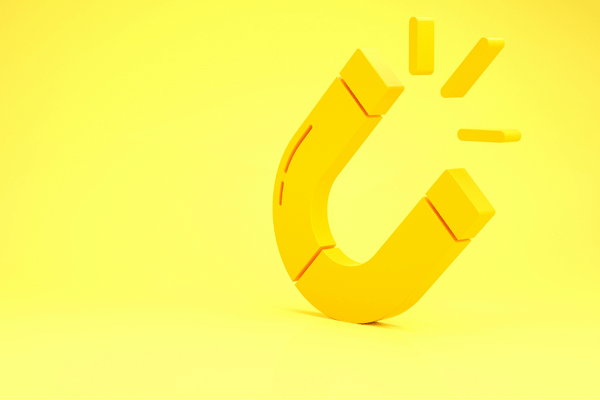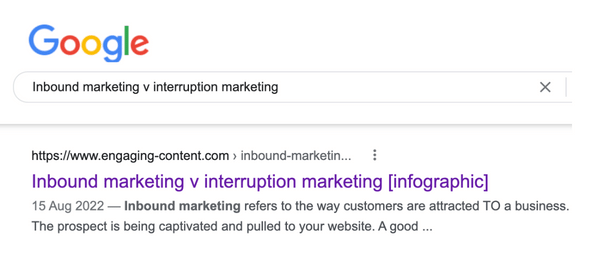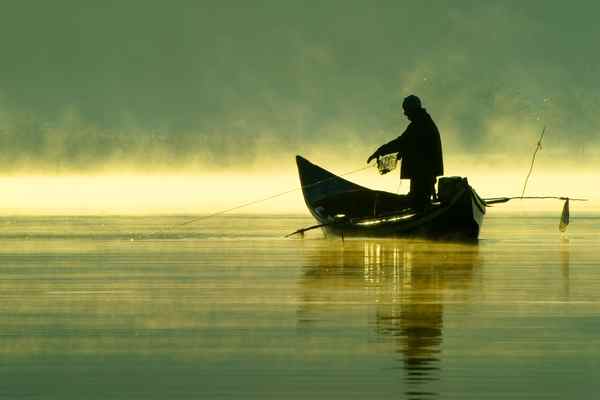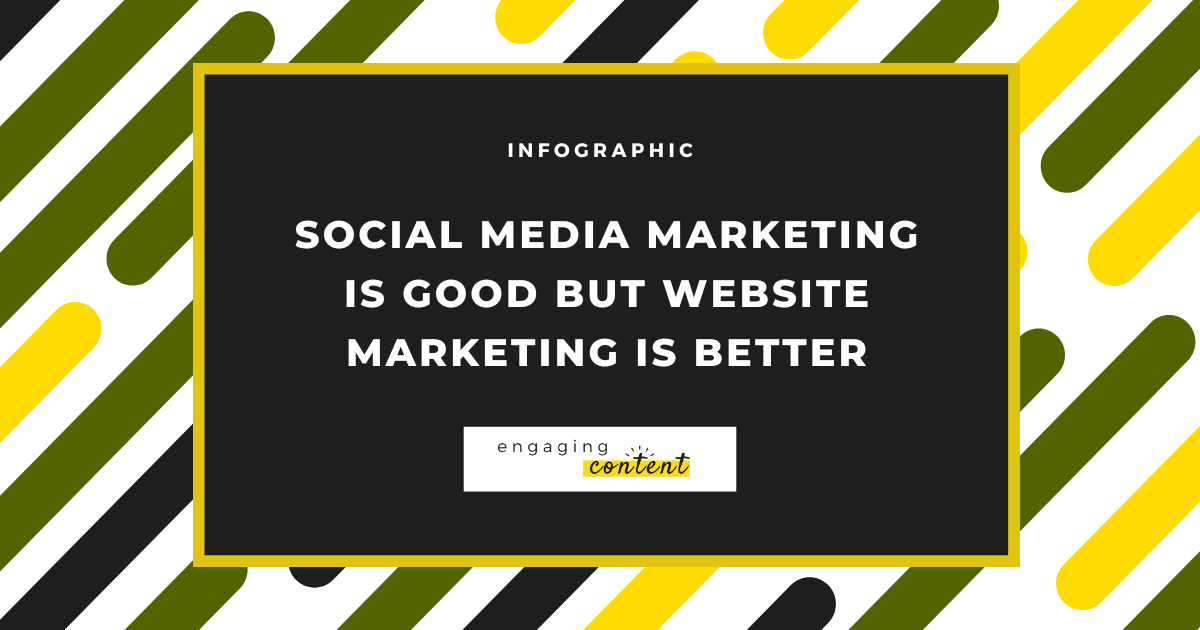Introduction
As a service business, you want to ensure you are getting the best results for your marketing efforts. After all, time is money!
There are many ways to market a business, but they boil down to two approaches:
1. Pull marketing, also known as inbound marketing, and
2. Push marketing, also known as outbound (or interruption) marketing
The first ATTRACTS the prospect to your business.
The latter PUSHES the prospect to buy your service.
Both have their place in your marketing mix but if you were to put one at the heart of marketing your small business, which would it be?
Read on to understand these types of marketing in more detail so that you can make a more informed decision.

WHAT IS INBOUND MARKETING?
Inbound marketing refers to the way customers are attracted TO a business. The prospect is being captivated and pulled to your website.
A good example of inbound marketing is when you search in Google, and are directed to a website. Google has one job – to match the users search with the best possible website result.

IS INBOUND MARKETING EFFECTIVE?
Inbound marketing is effective because the user is proactively searching for a solution to a problem that can’t solve themselves.
Another reason it is effective is that there is the intent behind the search. This means the user is a more “pre-qualified lead” and likely to take the next step.
To understand search intent, consider this example:
- [SEARCH TERM] “Baby socks”
This is a wide search and the intention is not clear. Is the user researching the latest trends, looking for inspiration or are they wanting to buy baby socks? - [SEARCH TERM] “Buy baby socks”
This starts to narrow down the search and indicates the user is looking to buy online and so an e-commerce shop would be a good search result. - [SEARCH TERM] “Buy baby socks London” – this is even more specific and it’s likely that the user wants to go in-person to a shop rather than buy online.

INBOUND MARKETING EXAMPLES
SEO – search engine optimisation refers to making improvements to a website so that it ranks higher in organic (not paid) search results.
PPC – pay per click is a marketing model that relies on paid ads to buy visits to a website. aligned to a user’s search. This works instantly while you are paying for the ad and is removed when you stop.
Content – creating engaging content such as a blog post or a service landing page to showcase your offer to your ideal customer. This kind of evergreen content, with the right keywords weaved in, is an effective and sustainable way of attracting the right customers to your website.
Inbound marketing is effective, when properly planned. It is a long-term solution rather than a ‘quick win’.
WHAT IS INTERRUPTION MARKETING?
Interruption marketing on the other hand, refers to the way customers are being interrupted with content that may be of interest to them. This pushes them towards your offer.
An example of interruption marketing is when a prospect is browsing social media and something catches their eye and stops the scroll.
IS INTERRUPTION MARKETING EFFECTIVE?
Interruption marketing can be effective depending on the type of content.
Some content, when positioned and delivered creatively, can hit the mark and go ‘viral’.
This means your content is viewed by many more potential customers and signals to the algorithm it is popular and is therefore more likely to be seen by even more people.
It then becomes a numbers game, which could result in you making sales. But it is hit and miss, as most content doesn’t go viral.
The most fail safe way to view interruption marketing is in raising awareness of your brand, rather than relying on it to bring in leads.
INTERRUPTION MARKETING EXAMPLES
Social media – building a following on a social channel and marketing directly from within it.
Direct mail – where ads are posted through the door. Most of the time this is seen as unwanted mail that gets put in the recycle bin.
Cold calling – this is is a form of telemarketing where a business reaches out to prospects who haven’t given their permission to be contacted nor shown an interest in their product or service. This kind of interruption can be annoying and inauthentic.
A word of caution for small businesses: showing up consistently on social media is exhausting. Being video ready, having the right posts, messages and hashtags to get noticed takes time and effort, as does being on hand to answer and engage back.
With only 3% of followers likely to see your organic content, it makes it a far less reliable strategy. Direct mail and cold calling are equally as unreliable for small businesses and have bigger costs up front.

FISHING ANALOGY
A simple analogy for both of these types of marketing relates to fishing.
Inbound marketing takes you where there is fish (traffic). You dangle something attractive so the prospect draws closer. Think of this as the bait in the search engine results page.
The prospect is hungry for what you offer so they take a bite and you reel them in. In other words they take the next step on your website. We call this a conversion.
The point is you are attracting someone to come TO your website. As they are looking for a solution they are more of a hot prospect.
The likelihood of them taking the bait is far greater, because they are being magnetically pulled in your direction.
Inbound marketing is subtle and works hard behind the scenes converting a visitor into a lead. It is also longer-lasting with evergreen content that continues to work hard into the future.

Alternatively, interruption marketing is like being IN the water trying to catch the fish by hand. Imagine the time and effort it would take and what poor results you would yield.
Think about how physically exhausting and demoralised you’d feel as you return home empty handed.
Interruption marketing is more ‘in your face’ and aims for a ‘quick win’. But it is hard to maintain momentum and so impact is limited.
Maximising its effectiveness is time-consuming and labour-intensive. Once that content has been and gone, it needs to be repurposed to ensure it continues to work for you.
To examine these two types of marketing further, see the infographic below which compares social media (interruption/push marketing) to your website (inbound/pull marketing).
IN CONCLUSION
As the infographic shows, there are advantages and disadvantages to both approaches. And it is fair to say that both need a proper strategy, time and effort to work properly.
However, for a small business comparing time and financial return, it is clear that inbound marketing is a better tactic than making lots of noise on a busy social channel where only 3% of your followers will see your content.
This is far less effective simply because the follower was interrupted with your post rather than intentionally finding you.
But most importantly is the fact that your website is YOURS and when you host it with a third party (rather than a self-hosted platform) you have more control.
Therefore your time and effort isn’t lost if something goes wrong.
✅ Pro tip
Focus on inbound marketing first and foremost for your business.
Use interruption (social media) marketing as PART of your marketing strategy so that it builds brand awareness.
Use it as a way to funnel people to your website so that you can welcome them into your world.
Once there you can build a stronger connection with them and encourage them to take the next step such as signing up to your mailing list or contacting you to book a meeting.
CONCLUSION
Inbound marketing is effective due to the ‘intention’ behind a search. Inbound marketing attracts a prospect, who is more likely to buy. Interruption marketing is great for building brand awareness. Interruption marketing is exhausting with less return on investment. Both approaches need a strategy for maximum benefit.



